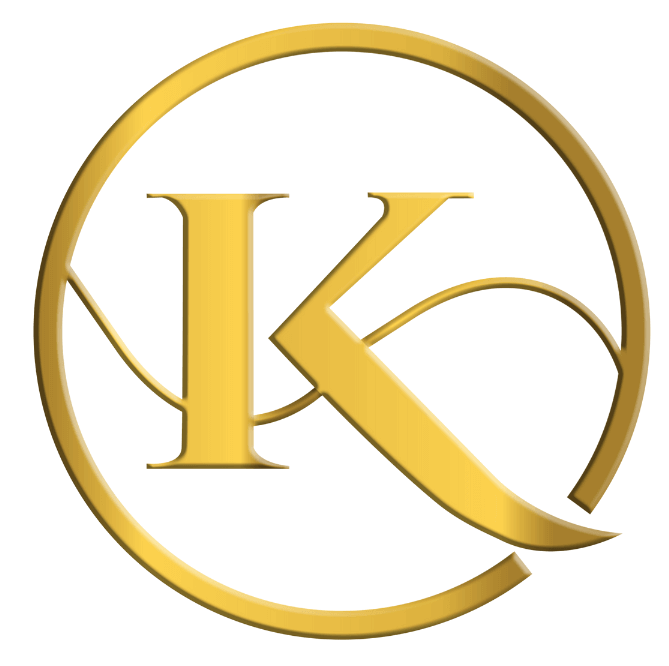Have you ever wondered what it takes to start a Korean beauty line? As someone who has delved deep into the intricacies and nuances of the beauty industry, I can tell you that embarking on this journey is both exciting and challenging. Whether you are an established beauty professional or an entrepreneur looking to make a mark, there is a lot to appreciate in Korean beauty, which has become a global sensation for good reason.
Understanding the Korean Beauty Industry Korean beauty, often referred to as “K-beauty,” has set a high standard globally due to its innovative products and advanced technology. The Korean beauty industry is known for its focus on skin care, high-quality ingredients, and cutting-edge research and development.
The Appeal of K-Beauty K-beauty products are uniquely appealing due to their use of natural ingredients, meticulous research, and impressive results. They are often designed to be gentle on the skin while providing visible improvements in terms of complexion and texture.
K-Beauty Product Categories Understanding the different categories of K-beauty products can help streamline your product development process. These include:
Product Category Description Skincare Products such as cleansers, toners, serums, and moisturizers. Makeup Foundations, lip tints, eye shadows, and more. Hair Care Shampoos, conditioners, treatments, and styling products. Body Care Lotions, body scrubs, and body washes. Sun Protection Sunscreens and after-sun care products. Conducting Market Research Before diving headfirst into the world of K-beauty, conducting thorough market research is imperative. This step will help you understand your target audience, identify market gaps, and gather insights into consumer preferences and trends.
Identifying Your Target Audience Knowing exactly who you are creating products for is crucial. Are you targeting young women, middle-aged men, or perhaps a niche market such as eco-conscious consumers?
Analyzing Market Trends Stay updated on current and upcoming trends within the beauty industry. This includes popular ingredients, packaging innovations, and consumer behavior patterns. Tools such as Google Trends, beauty industry reports, and social media analytics can be particularly useful.
Competitor Analysis Understand who your competitors are and what they offer. Identify their strengths and weaknesses to figure out how you can differentiate your brand.
Sourcing High-Quality Ingredients The essence of K-beauty lies in its ingredients. Sourcing high-quality, effective, and often unique ingredients is crucial for your products’ success.
Popular Ingredients in K-Beauty Many K-beauty products feature ingredients such as snail mucin, ginseng, propolis, and hyaluronic acid. These ingredients are known for their beneficial properties, ranging from hydrating to anti-aging effects.
Finding Reliable Suppliers Partnering with reliable suppliers is crucial. Ensure that they adhere to ethical sourcing practices and can guarantee consistent quality. Networking within industry-specific forums and attending trade shows can help in finding trustworthy suppliers.
Formulating Your Products Creating the perfect formulation is both an art and a science. It involves balancing ingredients to create an effective, safe, and pleasant product.
Research and Development Invest in a robust R&D department or partner with a third-party lab to experiment with different formulations. This stage involves extensive testing to ensure your products are both effective and safe.
Compliance with Regulations Ensure that your products comply with both Korean and international beauty standards and regulations. This may include FDA approval for U.S. markets or CE marking for the European Union.
Branding and Packaging Your brand?셲 identity and packaging will be among the first aspects customers notice. Investing in attractive and functional packaging can set your products apart from competitors.
Creating a Brand Identity Your brand identity should reflect the essence of what you stand for. This can include a unique selling proposition, brand colors, and a compelling brand story.
Importance of Packaging In K-beauty, packaging goes beyond aesthetics. It must also be functional and easy to use. Consider eco-friendly materials and innovative designs to appeal to environmentally conscious consumers.
Marketing Strategies Digital Marketing Utilize SEO, social media, and influencer partnerships to build your brand’s online presence. Platforms like Instagram and TikTok are particularly effective for beauty brands.
Offline Marketing Participate in beauty trade shows, product sampling events, and retail partnerships to gain visibility.
Content Marketing Create valuable content in the form of blogs, videos, and tutorials to engage with your audience and establish your brand as an authority in the beauty industry.
Establishing a Distribution Network Getting your products to market efficiently can be the difference between a successful and unsuccessful launch.
E-commerce Platforms Starting with online sales can help you reach a global audience without the overhead costs of physical stores. Platforms like Amazon, Shopify, and your own website can be excellent starting points.
Retail Partnerships Seek partnerships with established retail chains and beauty stores to maximize your reach. Offering attractive margins and promotional support can help secure such partnerships.
Exporting Internationally If you plan to reach an international audience, familiarize yourself with different countries’ import regulations and tariffs. Partnering with international distributors can help navigate these complexities.
Financial Planning Proper financial planning is crucial for the sustainability of your business. This includes initial investments, running costs, and profit margins.
Initial Investments These include costs associated with R&D, sourcing, manufacturing, marketing, and distribution. A well-detailed business plan can help secure funding from investors or loans from financial institutions.
Ongoing Costs Running a beauty line involves continuous costs like production, marketing, salaries, and overheads. Keeping a close eye on your budget can help you manage your expenses better.
Profit Margins Calculate your profit margins carefully. Consider all costs and ensure that your pricing strategy provides a reasonable profit while remaining competitive.
Conclusion Starting a Korean beauty line is an ambitious venture, but with thorough research, high-quality ingredients, effective marketing strategies, and efficient distribution networks, it can be a highly rewarding endeavor. By understanding the foundational elements?봣rom market research and product formulation to branding and financial planning?봸ou are well on your way to capturing a slice of the lucrative K-beauty market.
